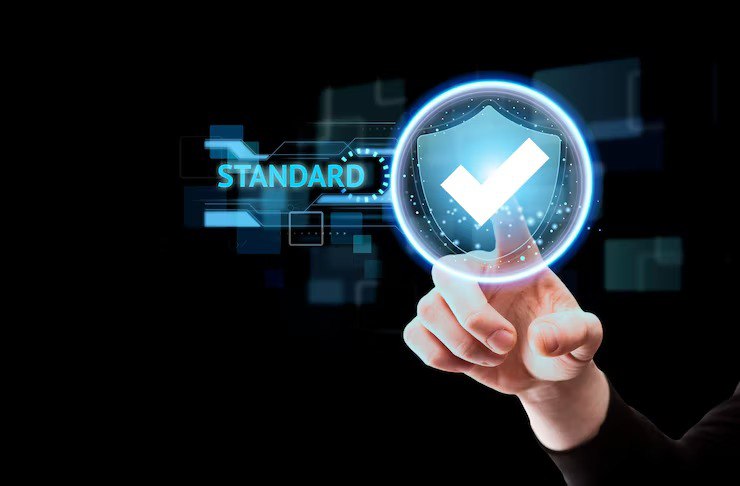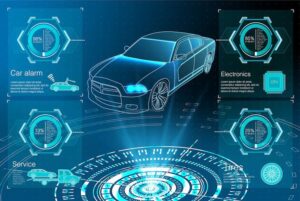As automotive supply chains grow more interconnected, choosing the right cybersecurity compliance framework has become critical. While ISO 27001 and TISAX both address information security, they serve distinct purposes. By 2025, 78% of automotive suppliers will need TISAX certification to partner with European OEMs, whereas ISO 27001 remains a global benchmark for cross-industry security.
1️⃣ Understanding the Concepts
- ISO 27001: A globally recognized standard for Information Security Management Systems (ISMS). It applies to organizations of any size or sector and focuses on systematic risk management.
- TISAX (Trusted Information Security Assessment Exchange): A sector-specific framework for the automotive industry, designed to standardize security assessments across supply chains. It enforces compliance with the VDA ISA catalog, which addresses risks like data breaches in connected vehicles.
Analogy: ISO 27001 is like a universal toolkit for building security, while TISAX is a custom-made set of automotive-grade tools.
2️⃣ Key Differences
| Criteria | ISO 27001 | TISAX |
| Scope | Broad, industry-agnostic ISMS | Automotive-specific, focusing on supply chain security |
| Certification | 6–18 months (rigorous audit process) | 3–6 months (streamlined for automotive needs) |
| Focus Areas | Confidentiality, integrity, and availability of data | Connected vehicles, intellectual property, and third-party risks |
| Compliance Drivers | Global recognition (e.g., tech, healthcare) | Mandatory for partnerships with OEMs like BMW, Volkswagen |
3️⃣ Challenges & Risks
- ISO 27001 Pitfalls: High implementation costs and complexity for SMEs. Only 34% of non-automotive firms achieve certification within a year.
- TISAX Challenges: Limited global recognition outside automotive; suppliers face pressure to comply with OEM demands.
- Shared Risks: Both frameworks struggle with legacy system integration and evolving AI-driven threats.
4️⃣ Best Practices for Implementation
- For ISO 27001:
- Conduct gap analyses to align with Annex A controls.
- Prioritize employee training to foster a security-aware culture.
- For TISAX:
- Map workflows to the VDA ISA checklist (e.g., secure data exchange protocols).
- Collaborate with OEMs to clarify assessment expectations.
Organizations serving multiple industries often pursue both certifications, using ISO 27001 as a foundation and TISAX for automotive-specific requirements.
5️⃣ Future Trends
- Regulatory Expansion: TISAX adoption is growing beyond Europe, with Asian OEMs like Toyota exploring similar mandates.
- AI Integration: Both standards will need to address vulnerabilities in AI-driven supply chain analytics and autonomous systems.
- Unified Frameworks: Tools like ALM platforms are merging ISO 27001 and TISAX workflows to reduce redundancy.
Conclusion
ISO 27001 offers flexibility for global enterprises, while TISAX is non-negotiable for automotive suppliers. As one expert notes: “TISAX is the ticket to play; ISO 27001 is the playbook.” With cyberattacks on automotive supply chains rising by 120% in 2024[2], which framework will future-proof your organization?
References:




